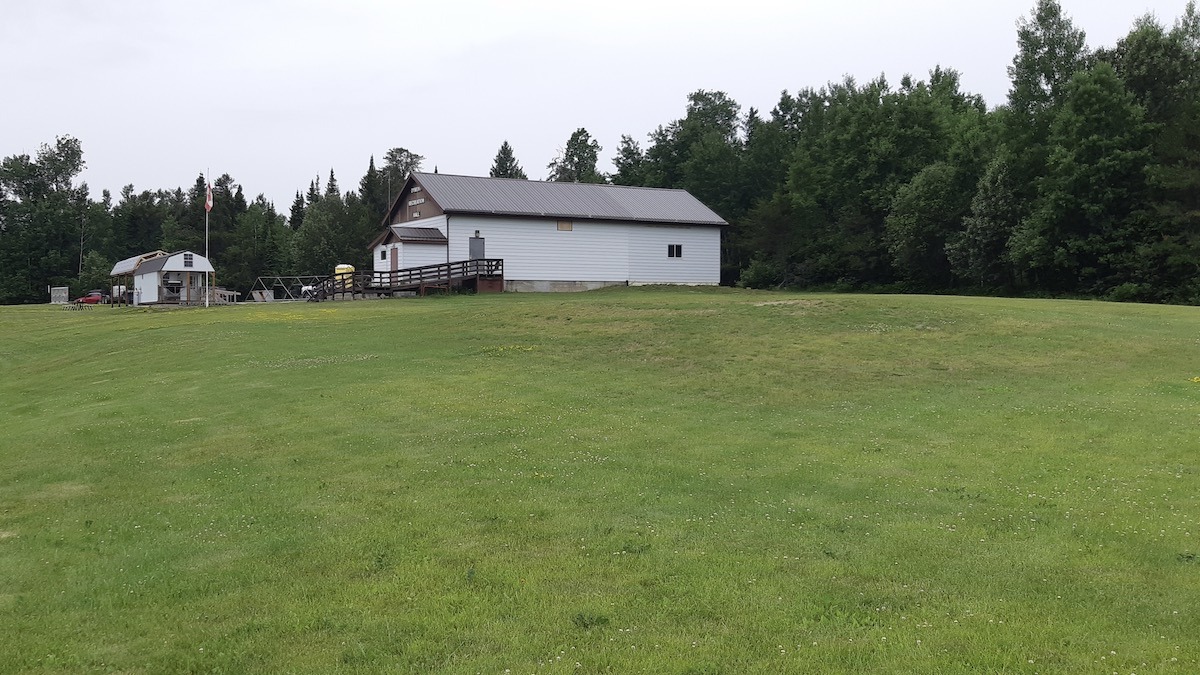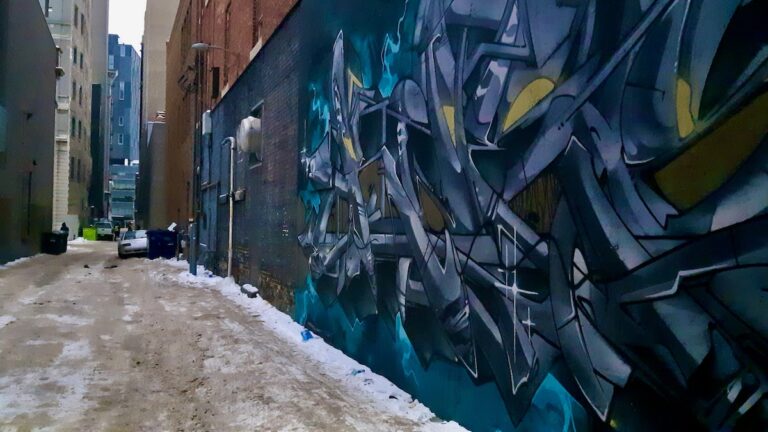
Arts and Recreation Programming: A Preliminary SWOT Analysis
This preliminary analysis, which will be further adapted moving forward provides a comprehensive overview of the communities’ current capabilities and future landscape concerning community Arts and Recreation programming. It identifies internal strengths and weaknesses, alongside external opportunities and threats, crucial for strategic planning and optimizing community well-being in alignment with the Framework for Recreation in Canada (2024 Update).
A. Strengths (Internal Capabilities and Resources)
The communities’ possesses several inherent strengths in its physical infrastructure and existing assets that, if properly leveraged, can significantly bolster arts and recreation programming and directly contribute to the Framework for Recreation’s goals:
- Diverse and Capable Physical Spaces:
- Upper Level: A clean, bright functional space equipped with recreational tables (pool, air hockey, shuffleboard) and a piano. Its inherent multi-purpose design aligns with Goal 1: Active Living by offering varied recreational activities and contributes to Goal 4: Supportive Environments by providing indoor gathering potential for social recreation.
- Outdoor Event Space: Features easily deployable large event tents, available seasonally (June-August), which significantly expand capacity for sheltered outdoor festivals, performances, markets, and large gatherings. This directly enhances Goal 5: Recreation Capacity and fosters Goal 1: Active Living through robust outdoor event opportunities.
- The Pavilion (New Asset): A newly constructed, robust, and accessible covered outdoor structure, fully ready as of July 1st. Its accessible design strongly supports Goal 2: Inclusion and Access by providing a dedicated outdoor space for all abilities. Its versatility for various gatherings, arts, and cultural activities significantly boosts Goal 5: Recreation Capacity for diverse programming.
- The Old Games Room (Salvageable Potential): Though currently mismanaged, its structurally sound open floor space represents a significant latent opportunity to contribute to Goal 5: Recreation Capacity and foster Goal 1: Active Living if repurposed for new activities, workshops, or even creative arts projects.
- Professional Catering and Event Support Facilities:
- The Cookshack: A highly valuable, professional-grade facility equipped with stainless steel tables, a deep fryer, a large grill, and a refrigerator. Its professional setup directly contributes to Goal 4: Supportive Environments by ensuring comfortable and convenient event experiences, and indirectly supports Goal 2: Inclusion and Access by making events more appealing to a broader audience.
- Upper Level Kitchen: Features a professional pizza oven and stainless steel food counters with warming trays. These amenities bolster Goal 4: Supportive Environments by enabling high-quality event hosting, crucial for fostering community cohesion through shared meals and celebrations.
- Existing Event Framework: A precedent for successfully hosting key annual community events (Canada Day, Family Day, Christmas Dinner) provides a foundational experience. This demonstrates existing Goal 5: Recreation Capacity in event execution and contributes to Goal 4: Supportive Environments by building community cohesion.
B. Weaknesses (Internal Limitations and Deficiencies)
Despite its assets, the communities are plagued by severe internal weaknesses that actively cripple its ability to develop and sustain effective arts and recreation programming, thus undermining the Framework for Recreation’s goals:
- Catastrophic Digital Infrastructure and Literacy Deficit:
- Pervasive Connectivity Gap: A total absence of Internet and modern presentation capabilities across almost all key facilities (Upper Level, Old Games Room, Outdoor Event Space), effectively isolating the communities in a pre-digital era. This fundamentally limits Goal 5: Recreation Capacity and Goal 2: Inclusion and Accessby precluding modern outreach and program delivery.
- Operational Paralysis: This deficiency prevents basic functions like online registration, digital marketing, streaming events, and leveraging vast online resources crucial for modern program development, severely limiting communication and promotional efforts for all Framework goals.
- Board-Level Competency Gap: A critical lack of digital literacy at the board level directly hinders strategic planning and effective outreach for program delivery, actively preventing progress across all five Framework goals.
- Profound Absence of Structured Programming:
- Ad-Hoc and Limited Offerings: There are virtually no structured programs of any kind beyond sporadic, ad-hoc usage and just three limited annual events. This directly contradicts Goal 1: Active Living by limiting consistent opportunities and fundamentally undermines Goal 5: Recreation Capacity as assets remain idle.
- Lack of Planning and Vision: No discernible community engagement plans, program development roadmaps, or forward-thinking initiatives for arts and recreation activities exist, indicating a reactive rather than proactive approach to achieving any Framework goal.
- Zero Volunteer Mobilization and Staffing:
- A direct consequence of having no dedicated volunteer staff for program development and delivery, severely limiting the human capital essential for implementing Goal 1: Active Living initiatives, ensuring Goal 2: Inclusion and Access, and building Goal 5: Recreation Capacity.
- Systemic Underutilization of Assets:
- Upper Level: Its extreme underuse directly negates its potential contribution to Goal 1: Active Living and Goal 4: Supportive Environments, representing squandered public investment.
- Old Games Room: Its current state as a junk storage directly obstructs Goal 1: Active Living and any potential contribution to Goal 5: Recreation Capacity or Goal 2: Inclusion and Access, standing as a testament to neglect.
- Outdoor Event Space: Seasonal limitations hinder year-round contribution to Goal 1: Active Living and Goal 5: Recreation Capacity, despite the ease of tent deployment.
- The Cookshack: Its significant underuse represents a missed opportunity to consistently support Goal 4: Supportive Environments and maximize Goal 5: Recreation Capacity.
- Absence of Community Identity and Pride: Facilities like the Upper Level are visibly sterile, lacking any visual representation of community history, culture, or arts. This directly undermines Goal 4: Supportive Environmentsby failing to foster a sense of belonging and community ownership.
- Dysfunctional Governance and Organizational Inertia: Pervasive systemic failures, including ineffective governance and an absence of strategic oversight, lead to a state of “perpetual reactive inertia.” This fundamental weakness jeopardizes the achievement of all Framework goals by preventing strategic planning, effective management, and the proactive pursuit of opportunities.
C. Opportunities (External Factors for Growth and Improvement)
External factors and trends present significant opportunities for the communities to enhance its arts and recreation programming, directly advancing the Framework for Recreation’s objectives:
- Leveraging National Frameworks: Actively using the Framework for Recreation in Canada (2024 Update) as a strategic blueprint offers concrete guidance for program development, funding applications, and performance measurement across all five goals (Active Living, Inclusion/Access, Connecting with Nature, Supportive Environments, Recreation Capacity). This provides a national mandate for local action.
- Targeted Grant Funding: The existence of various provincial and federal grants for community infrastructure upgrades, digital literacy initiatives, arts and culture programming, and volunteer engagement presents a significant opportunity for investment. Such funding can directly address current weaknesses, enhance digital connectivity (Goal 2: Inclusion & Access, Goal 5: Recreation Capacity), and support new programming that advances Goal 1: Active Living, Goal 3: Connecting with Nature, and Goal 4: Supportive Environments.
- Unmet Community Need and Demand: There is an inherent, unfulfilled demand within the community for diverse recreational and cultural activities. Activating underutilized spaces and developing new, relevant programs could tap into this latent demand, leading to greater participation and demonstrating strong alignment with Goal 1: Active Living and Goal 2: Inclusion and Access.
- Partnerships and Collaborations: Opportunities exist to form strategic partnerships with local artists, cultural groups, sports organizations, educational institutions, and businesses. Collaborations can expand program offerings, share resources, reduce community burden, attract diverse audiences (Goal 2: Inclusion and Access), and significantly boost Goal 5: Recreation Capacity.
- Tourism and Local Economic Development: Enhanced recreation and arts programming can attract visitors, boosting local tourism and contributing to the local economy. This demonstrates the broader societal and economic benefits of recreation, linking to the Framework’s underlying principles of community well-being and sustainability.
- Revitalizing Existing Assets: The physical readiness of spaces like The Pavilion, the salvageable nature of the Old Games Room, and the professional quality of the Cookshack offer tangible starting points for new initiatives. Activating these assets directly enhances Goal 5: Recreation Capacity and provides new avenues for Goal 1: Active Living and Goal 4: Supportive Environments with relatively lower initial capital expenditure compared to building entirely new facilities.
D. Threats (External Challenges and Risks)
External factors and ongoing internal issues pose significant threats to the communities’ ability to improve its arts and recreation programming and jeopardize the achievement of the Framework for Recreation’s goals:
- Continued Organizational Inertia and Resistance to Change: The pervasive “perpetual reactive inertia” and dysfunctional governance, if unchecked, will continue to prevent the uptake of opportunities, digital integration, and strategic planning, leading to ongoing underutilization and stagnation. This fundamental threat will perpetually hinder the achievement of all Framework goals.
- Erosion of Community Trust and Engagement: The persistent underutilization of assets, lack of diverse programming, and absence of modern engagement methods risk alienating community members. This leads to decreased participation, volunteer apathy, and a general loss of trust, directly undermining Goal 4: Supportive Environments and reducing participation crucial for Goal 1: Active Living and Goal 2: Inclusion and Access.
- Competition from Other Jurisdictions/Private Entities: If the township can not enhance its offerings, residents, artists and cultural programming will increasingly seek recreational and cultural opportunities in neighboring communities, other regions and private venues. This further diminishes local engagement and support, hindering the communities’ ability to fulfill its mandate for Goal 1: Active Living and Goal 2: Inclusion and Access locally.
- Funding Instability: Over-reliance on ad-hoc or limited grant cycles without a robust, long-term strategic plan can lead to unstable funding for programs, preventing sustained growth and development across all Framework goals.
- Aging Infrastructure (if not maintained): While some facilities are new or remediated, a lack of ongoing, proactive maintenance planning, especially for older components, could lead to future deterioration. This increases repair costs and reduces usability, directly impacting Goal 5: Recreation Capacity and Goal 1: Active Living.
- Technological Obsolescence: Without immediate and sustained investment in digital infrastructure, the communities’ facilities will continue to languish and fall further behind modern standards. This makes it increasingly difficult to meet Goal 2: Inclusion and Access for digitally-native populations and limits future Goal 5: Recreation Capacity for offering relevant 21st-century programming.
- Environmental Factors: While the Pavilion and tents offer some protection, reliance on outdoor spaces (Outdoor Event Space, Pavilion) means programming remains susceptible to severe weather events. This can disrupt planned activities, impacting consistent delivery of Goal 1: Active Living and Goal 4: Supportive Environments.




